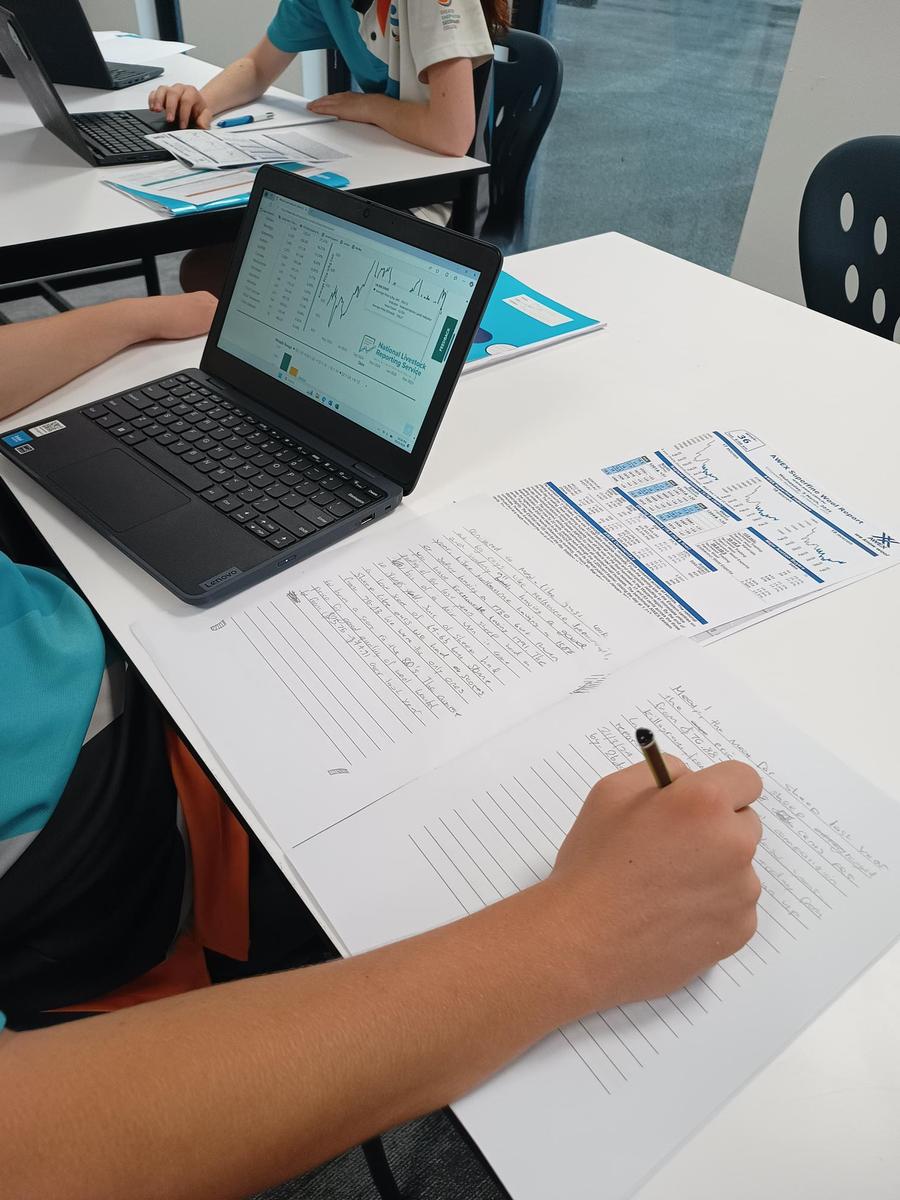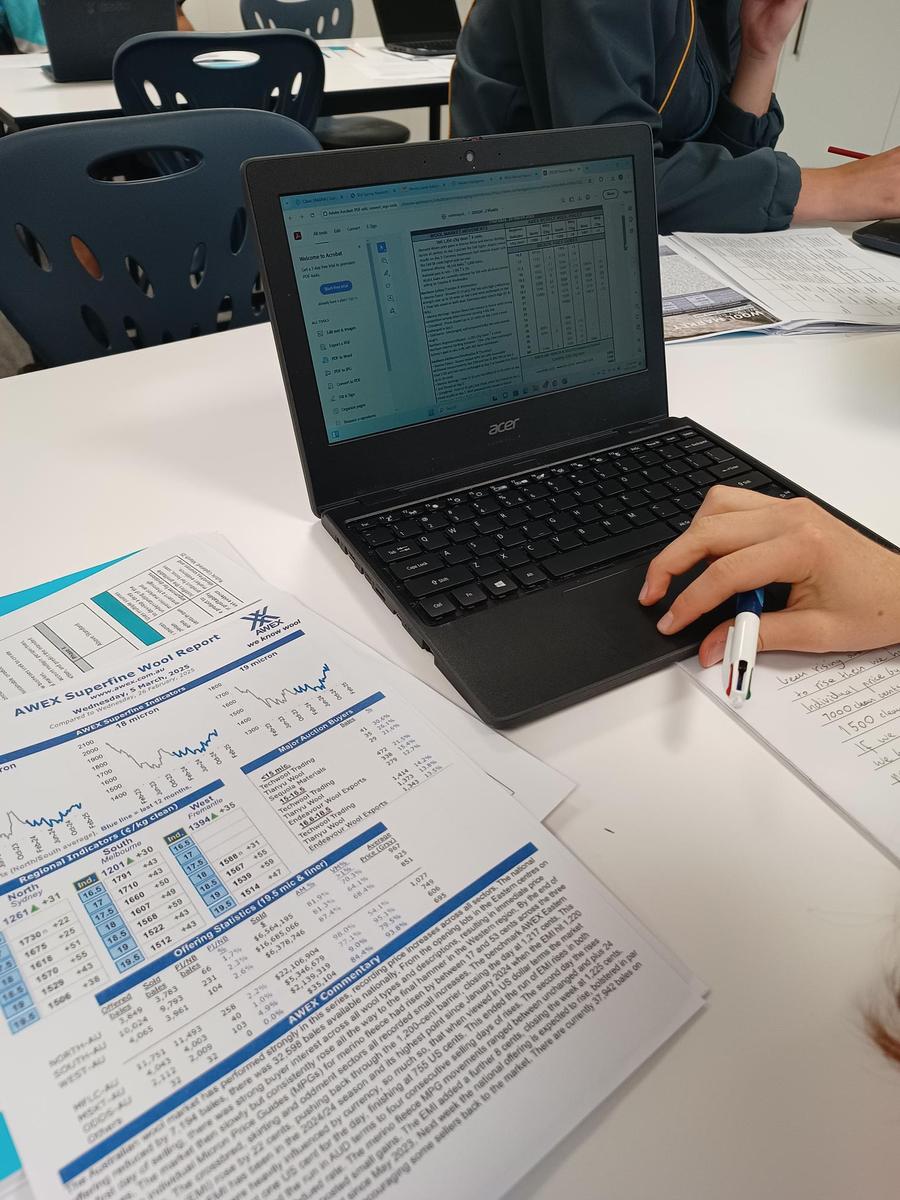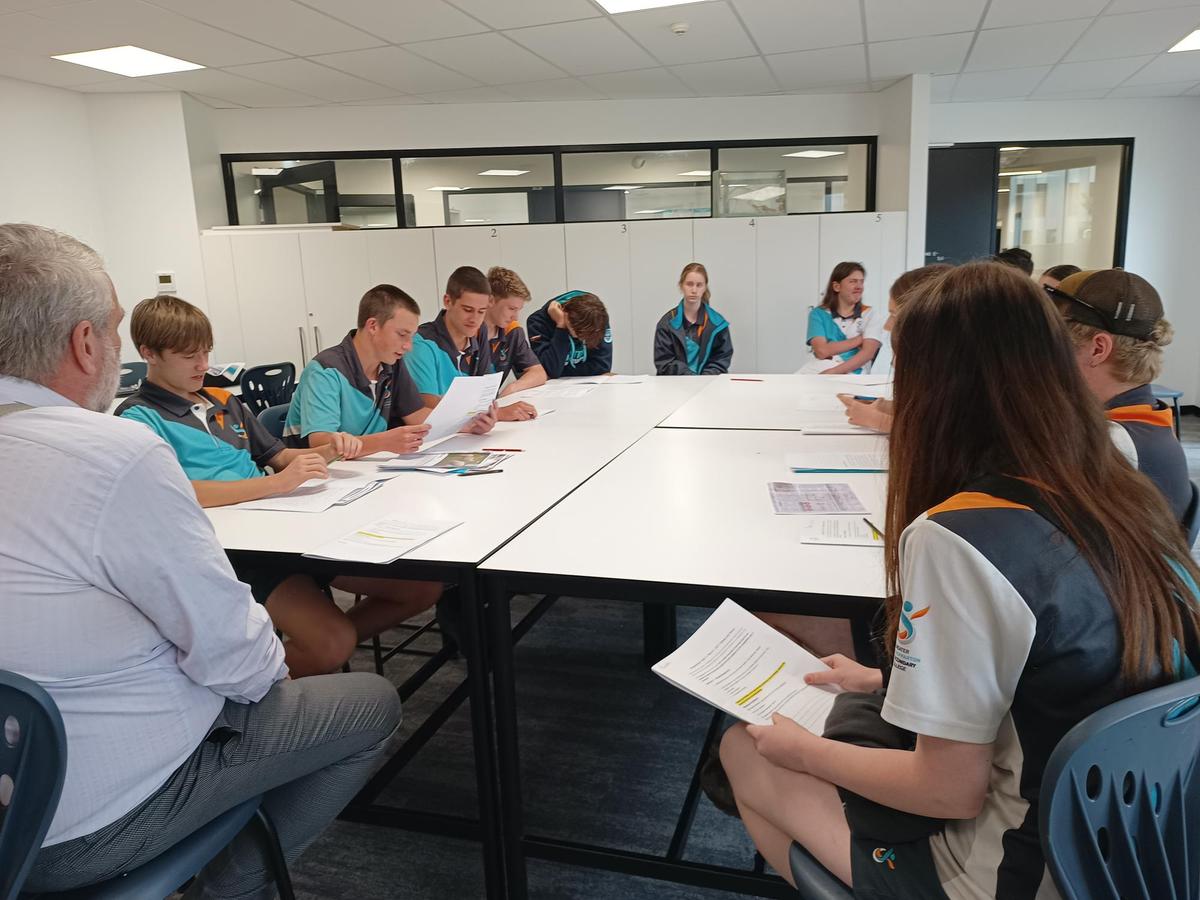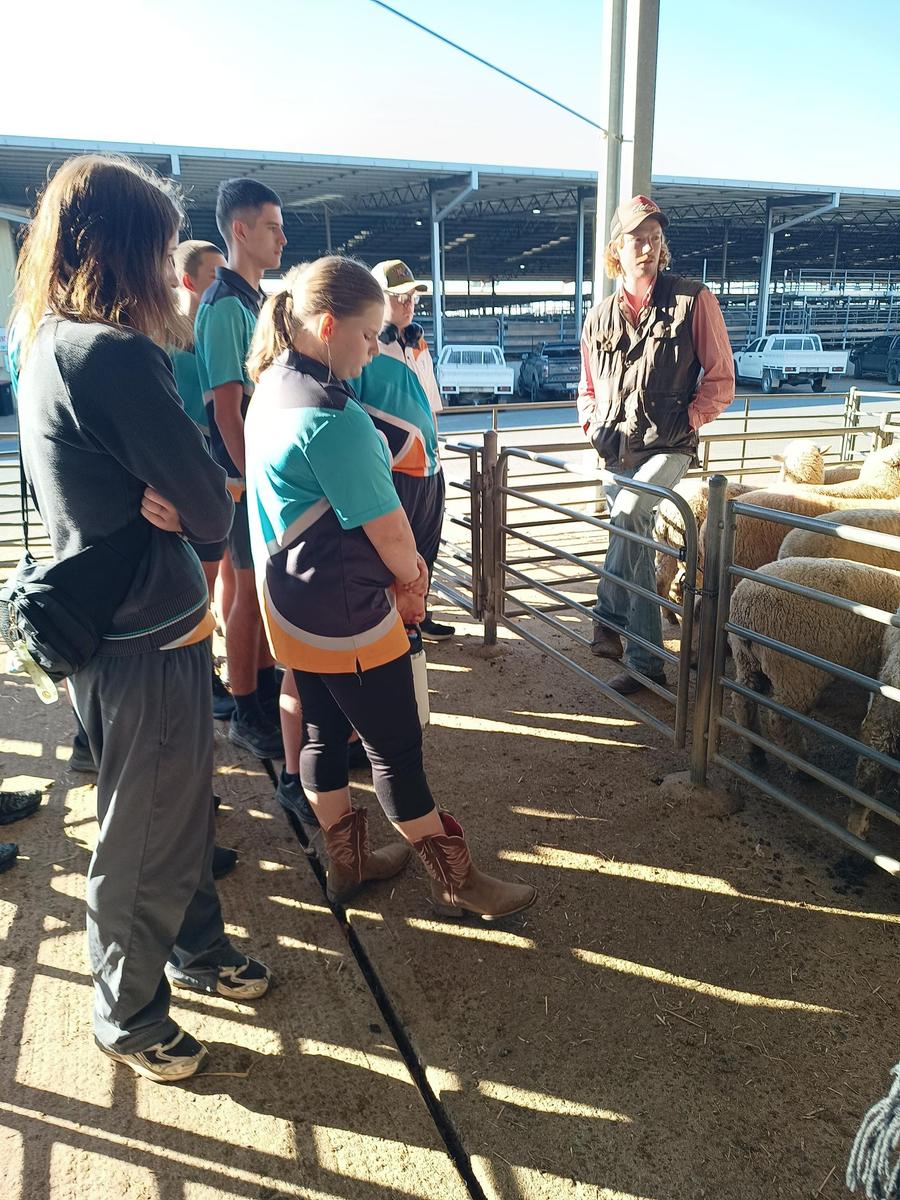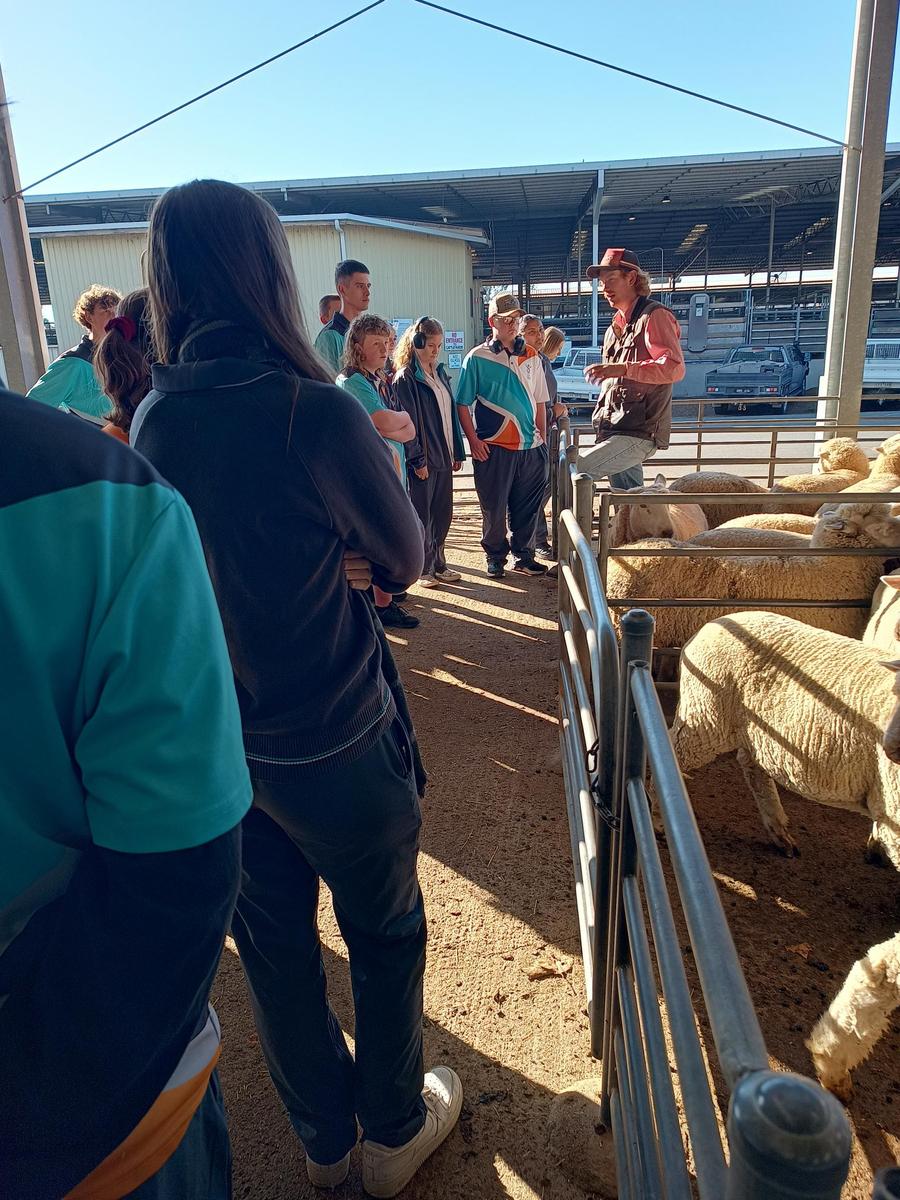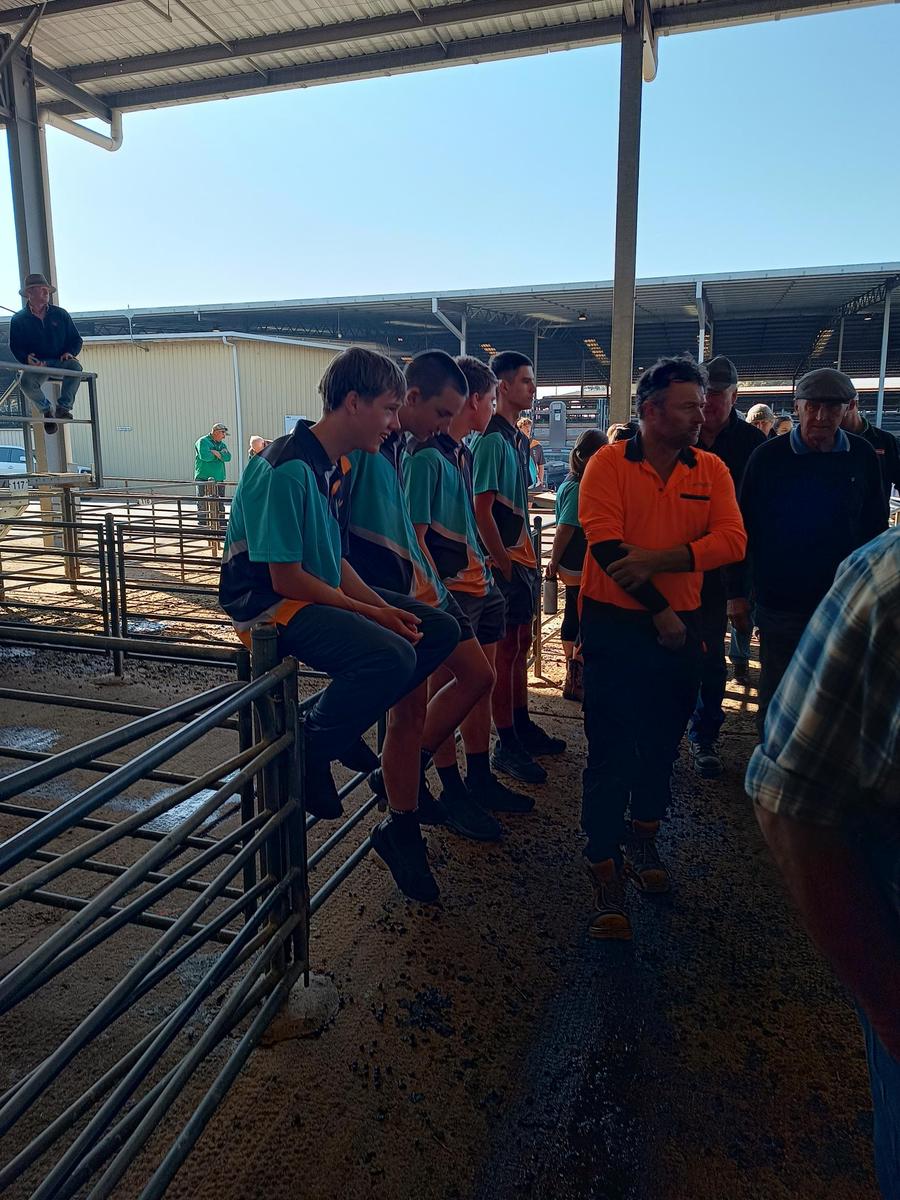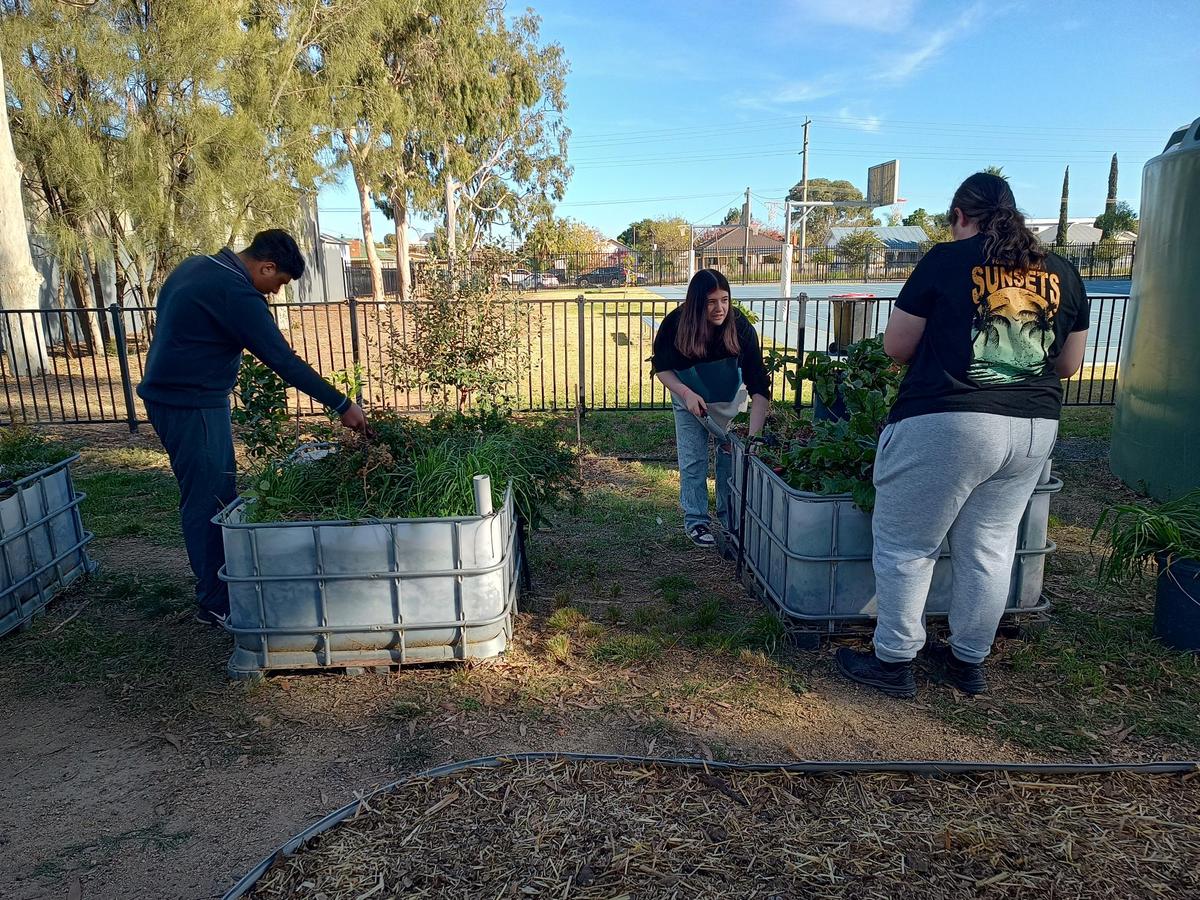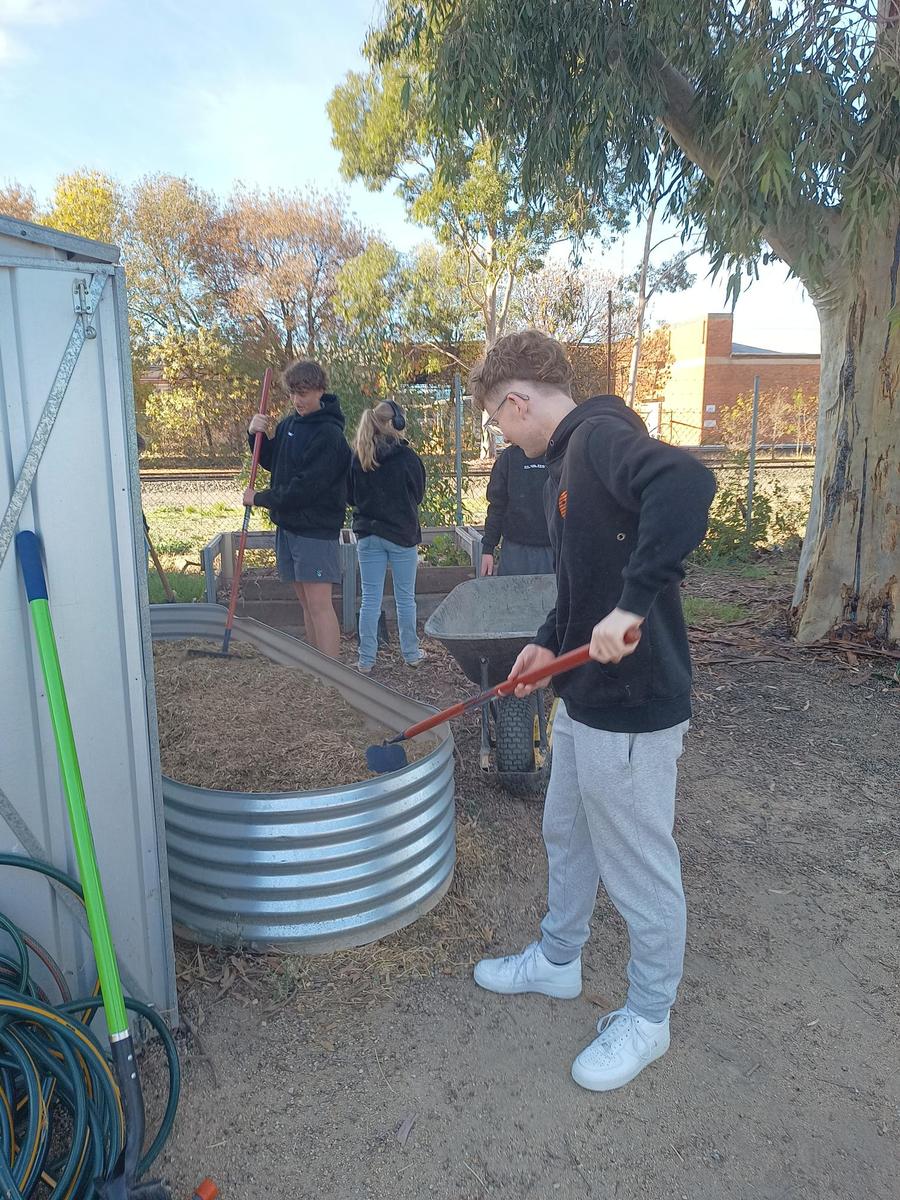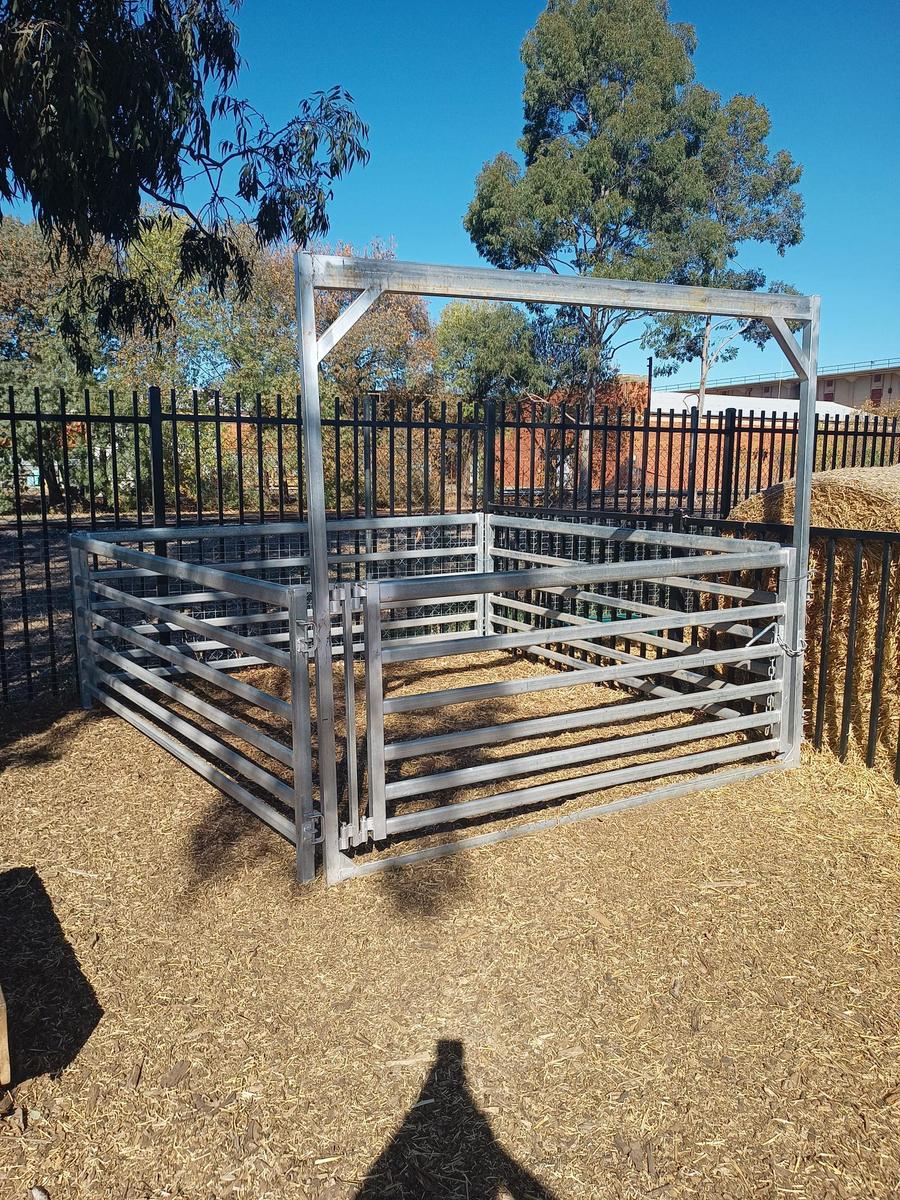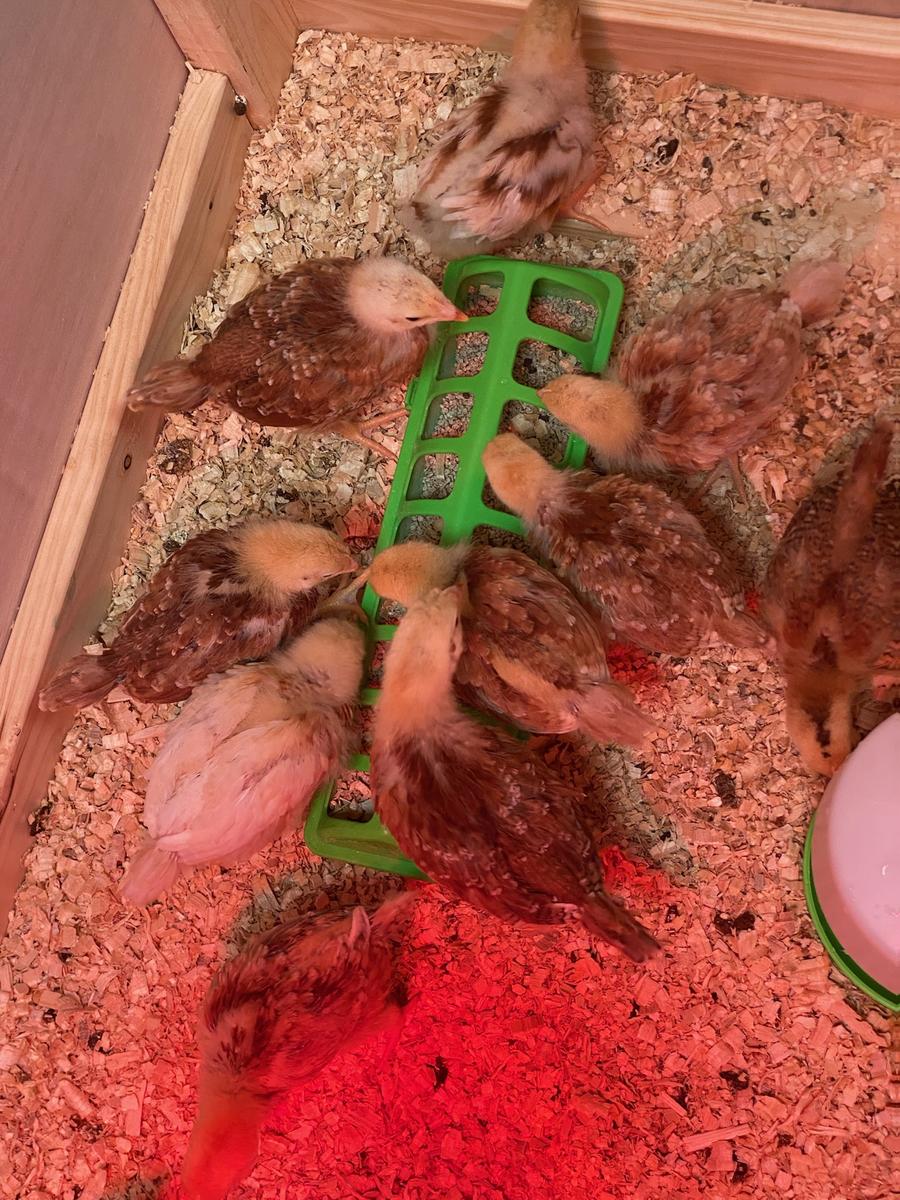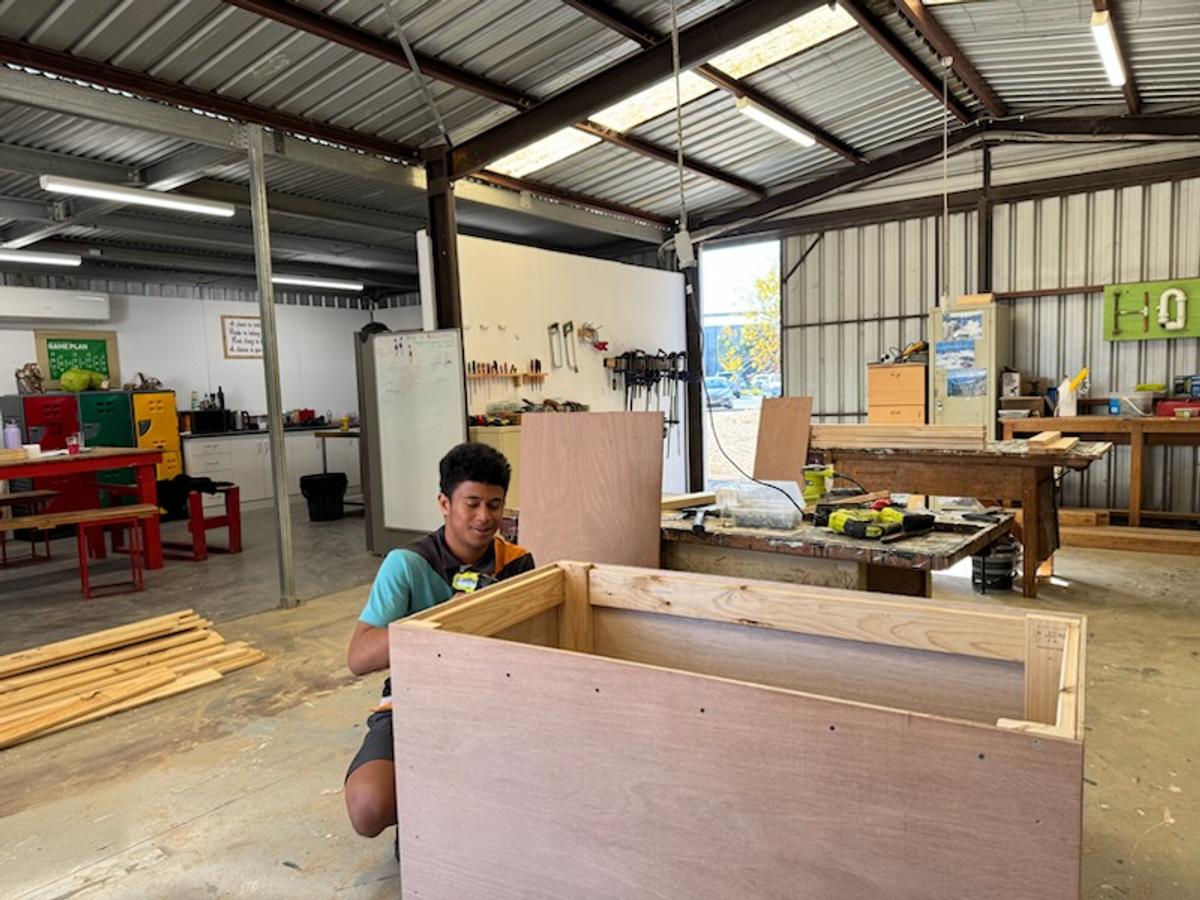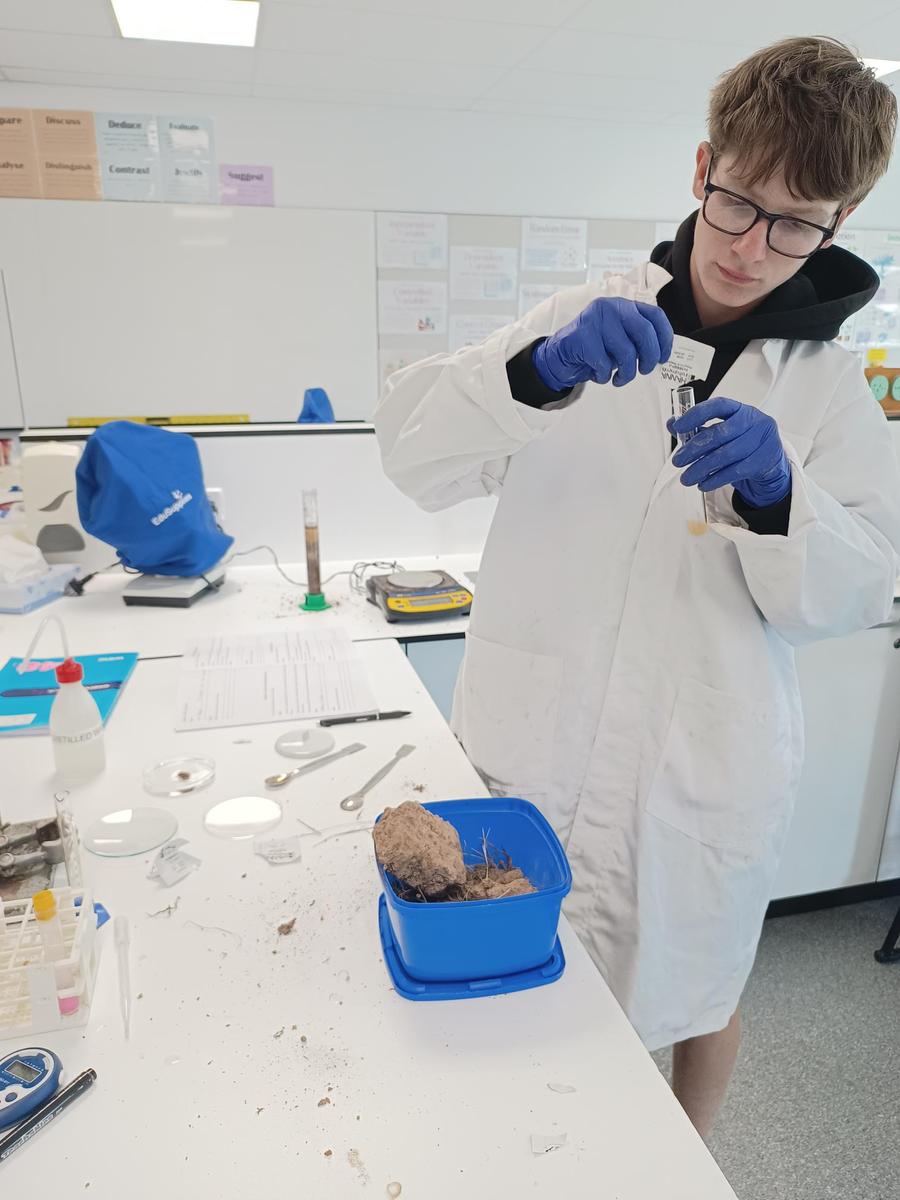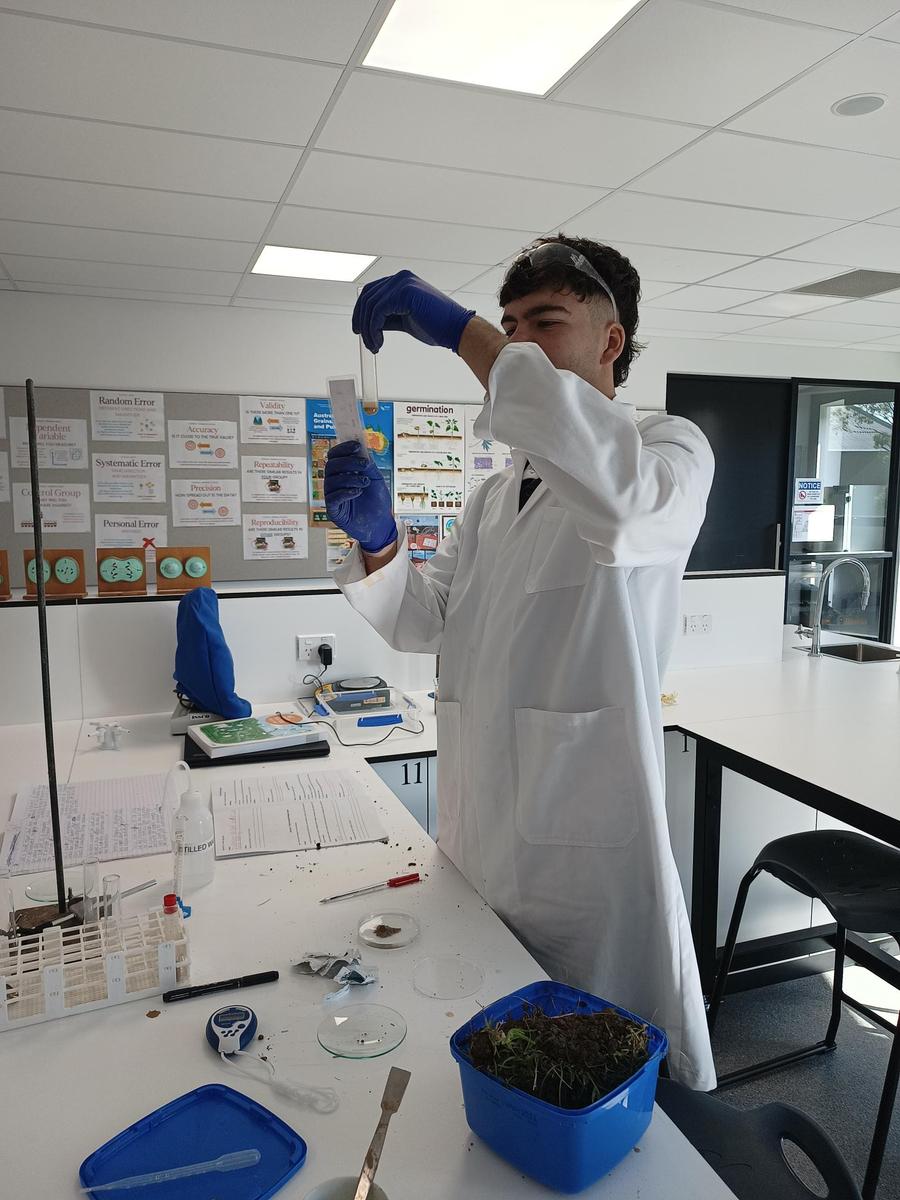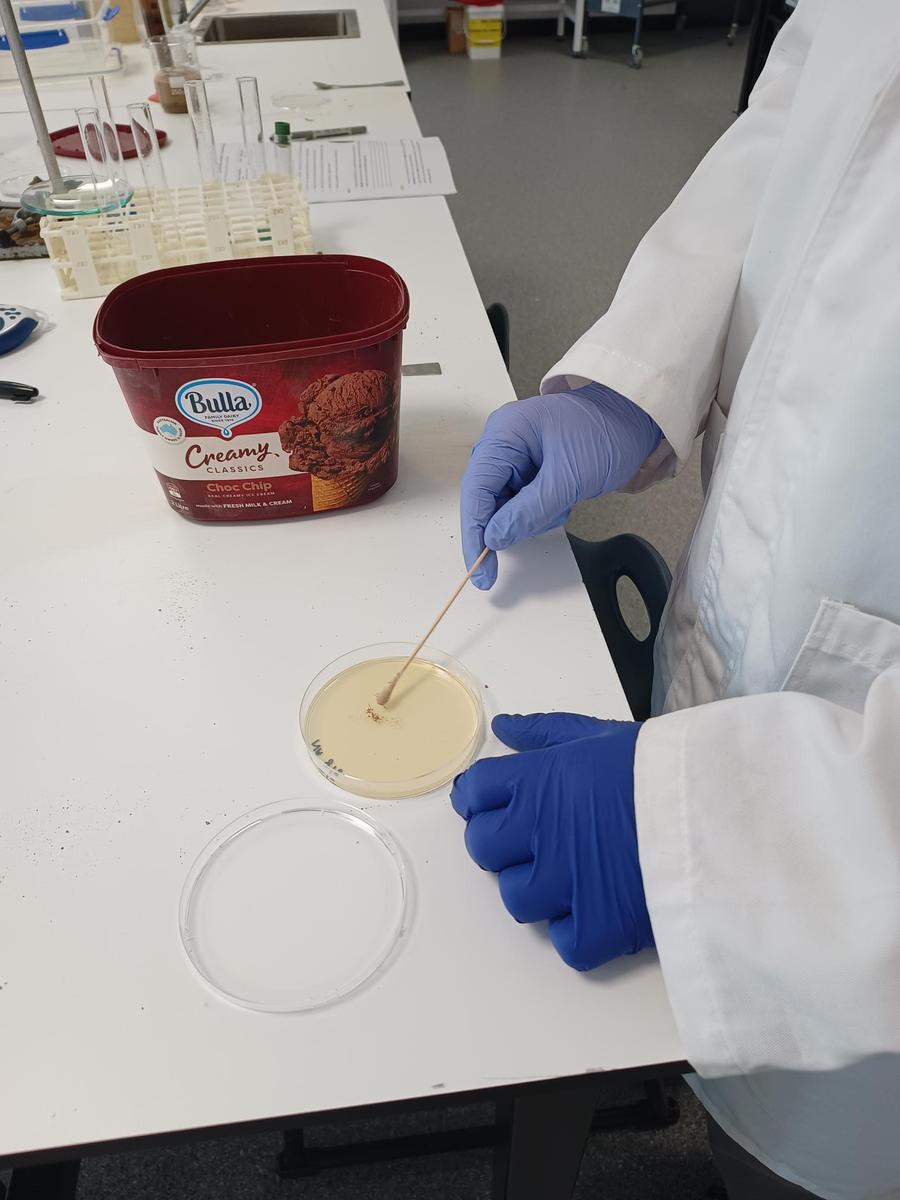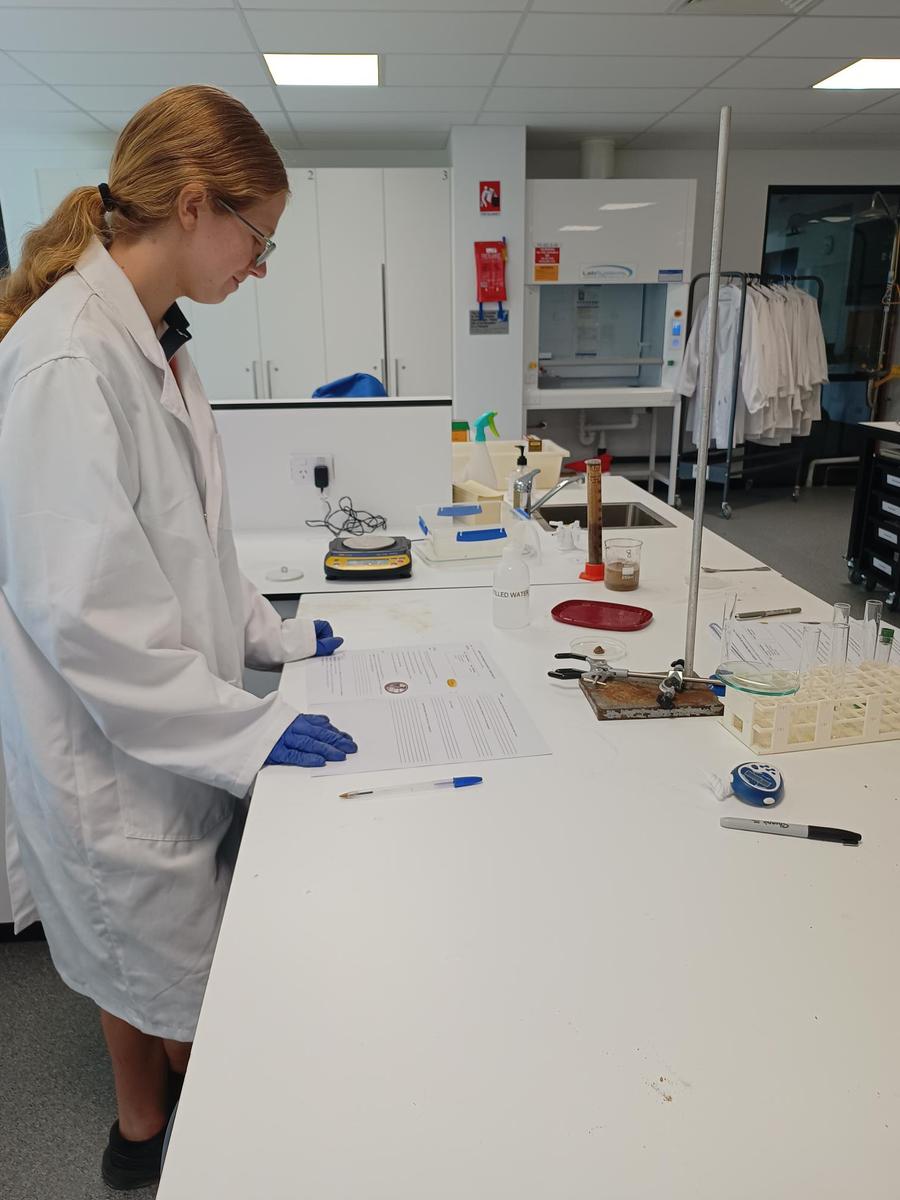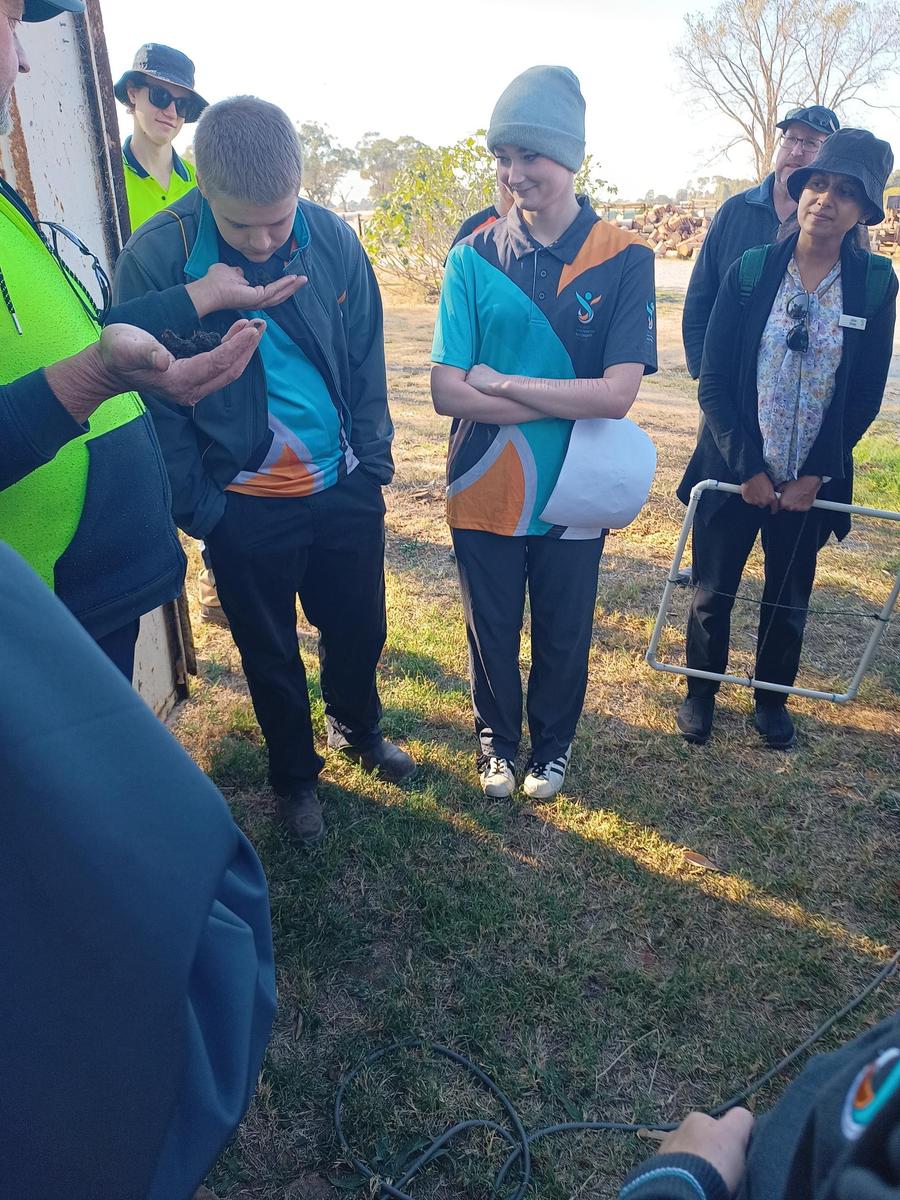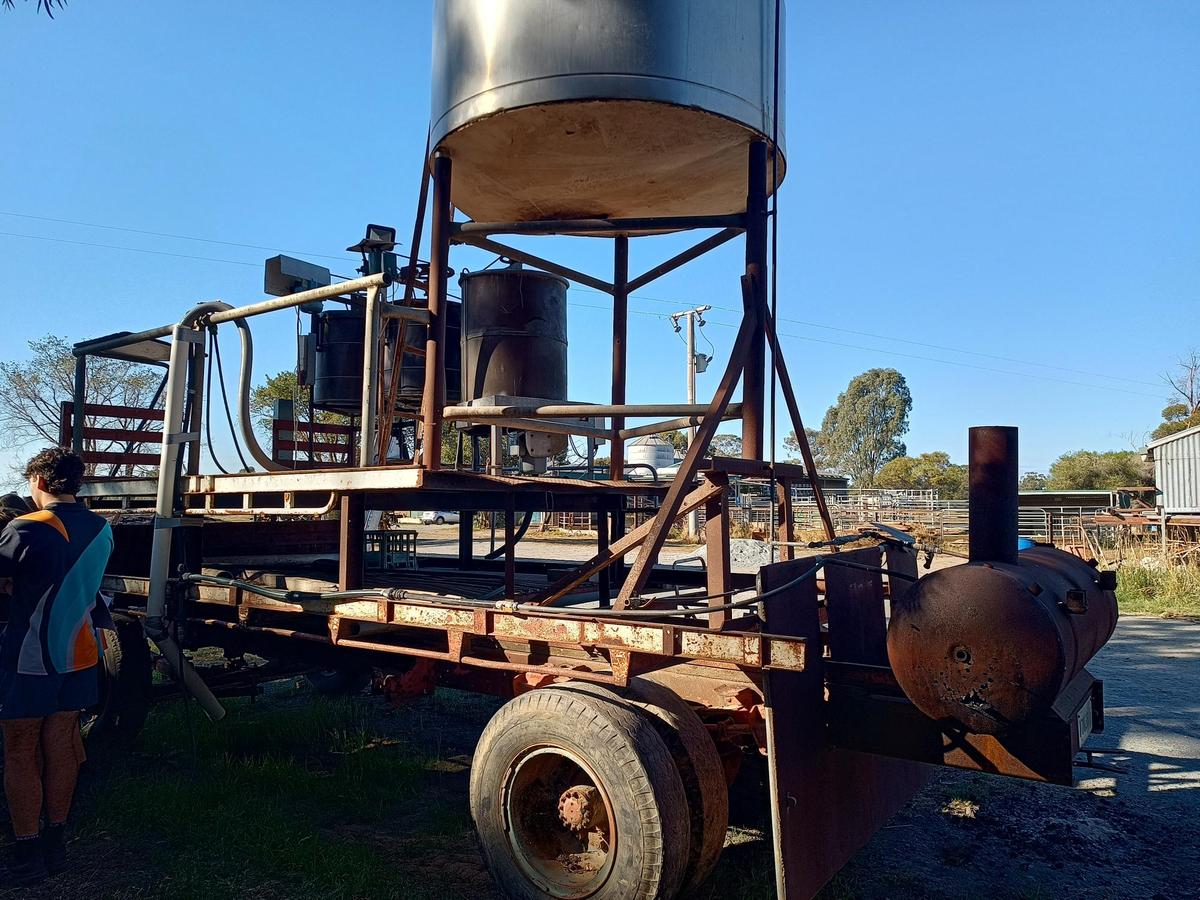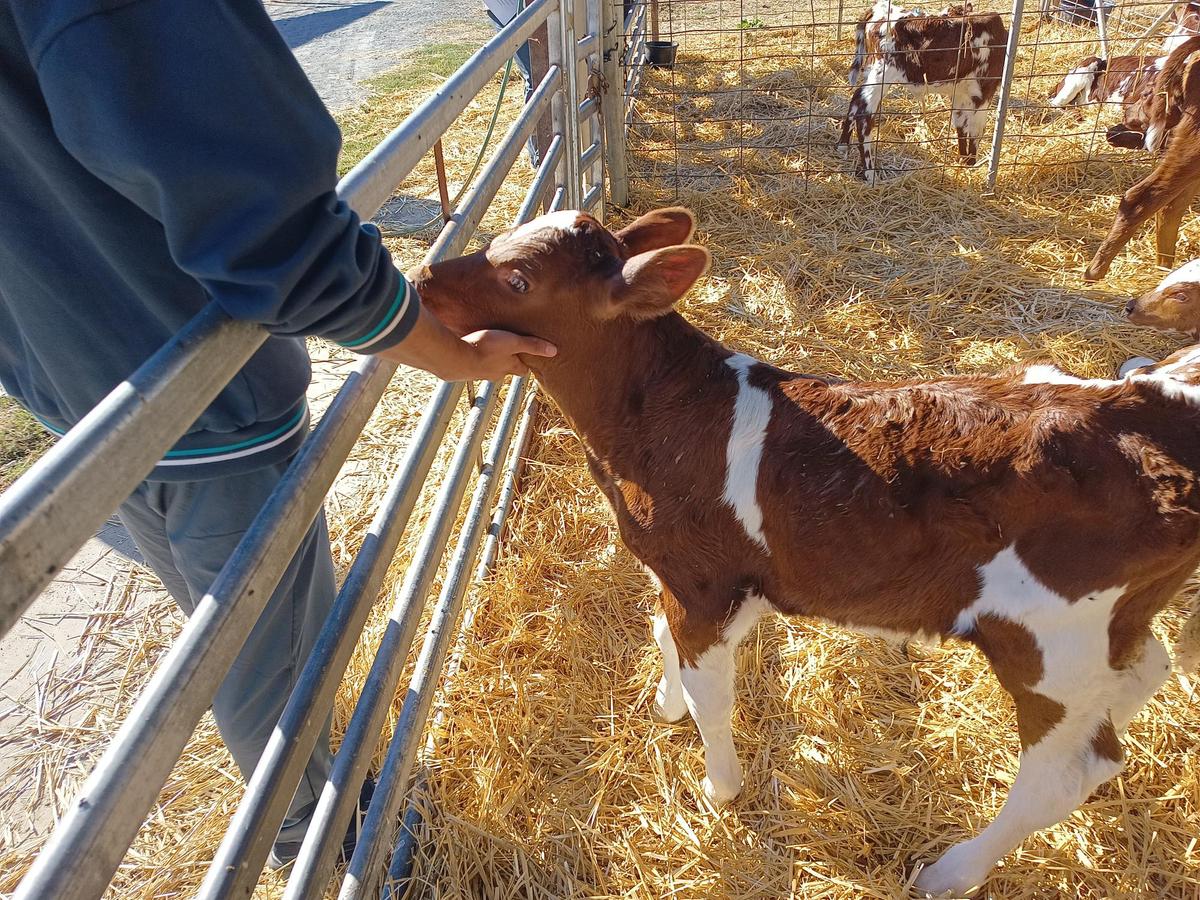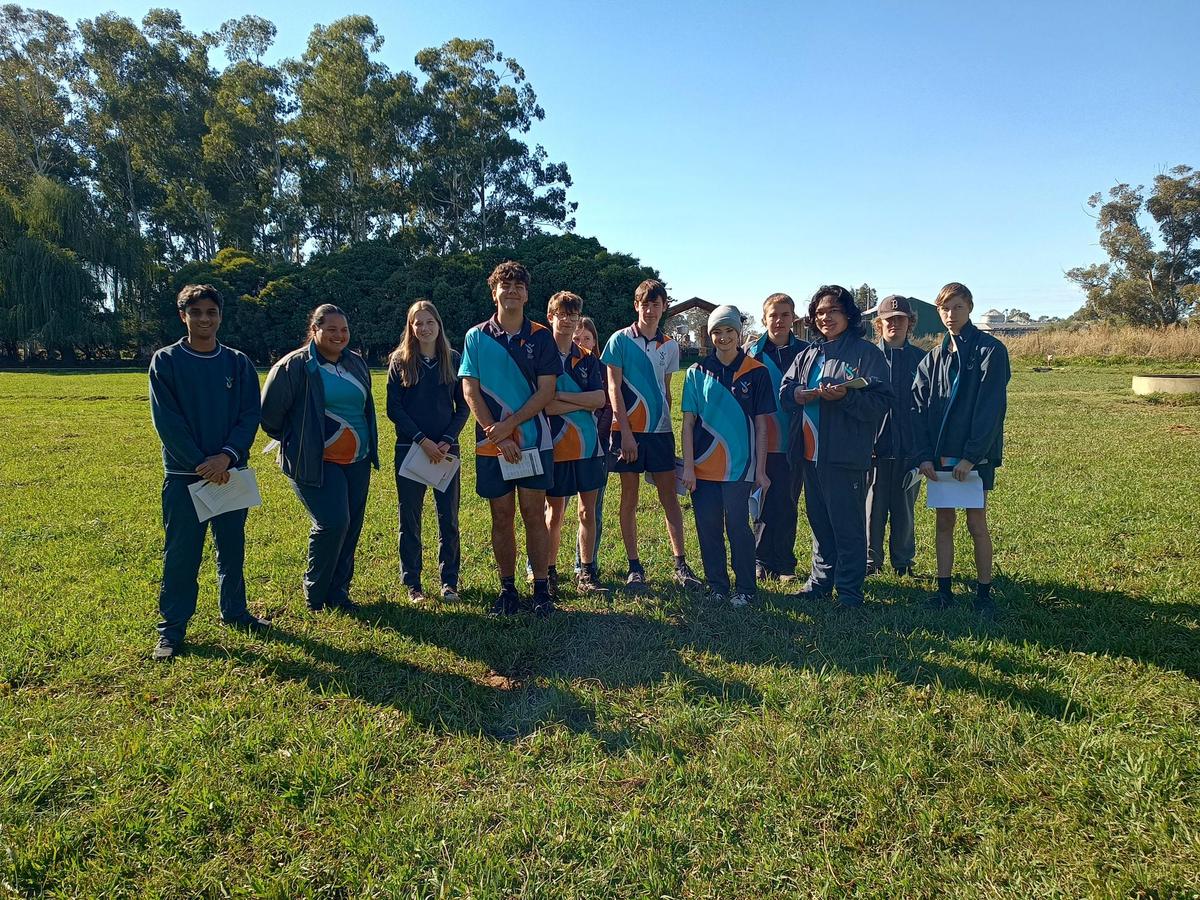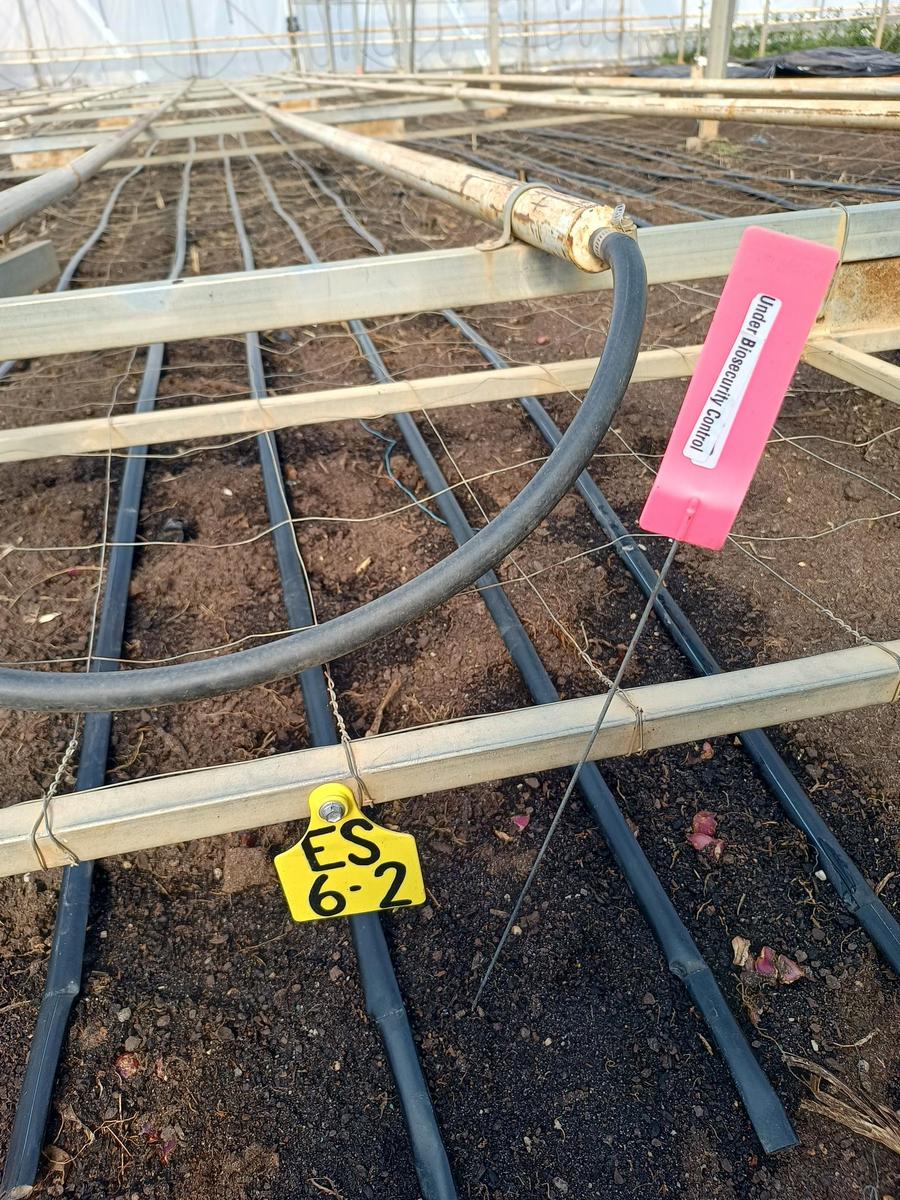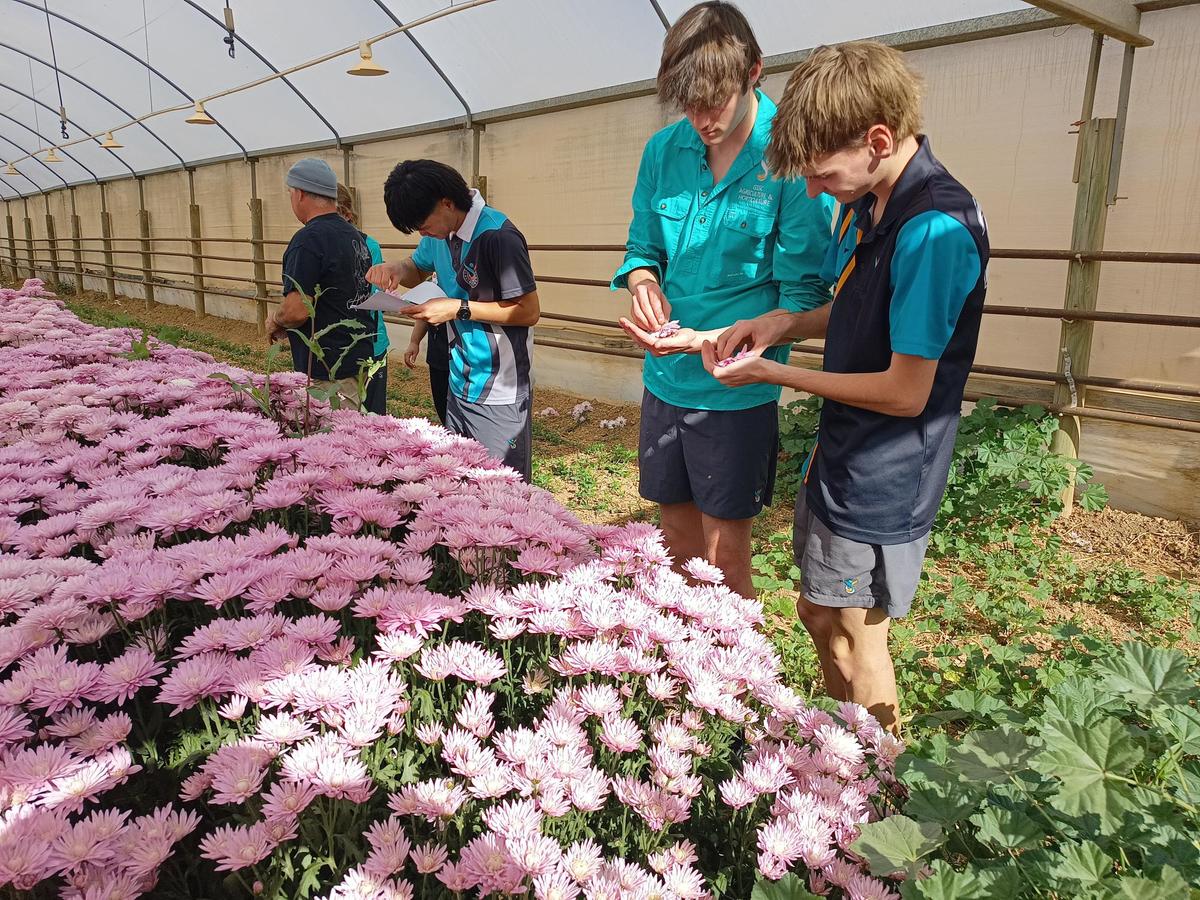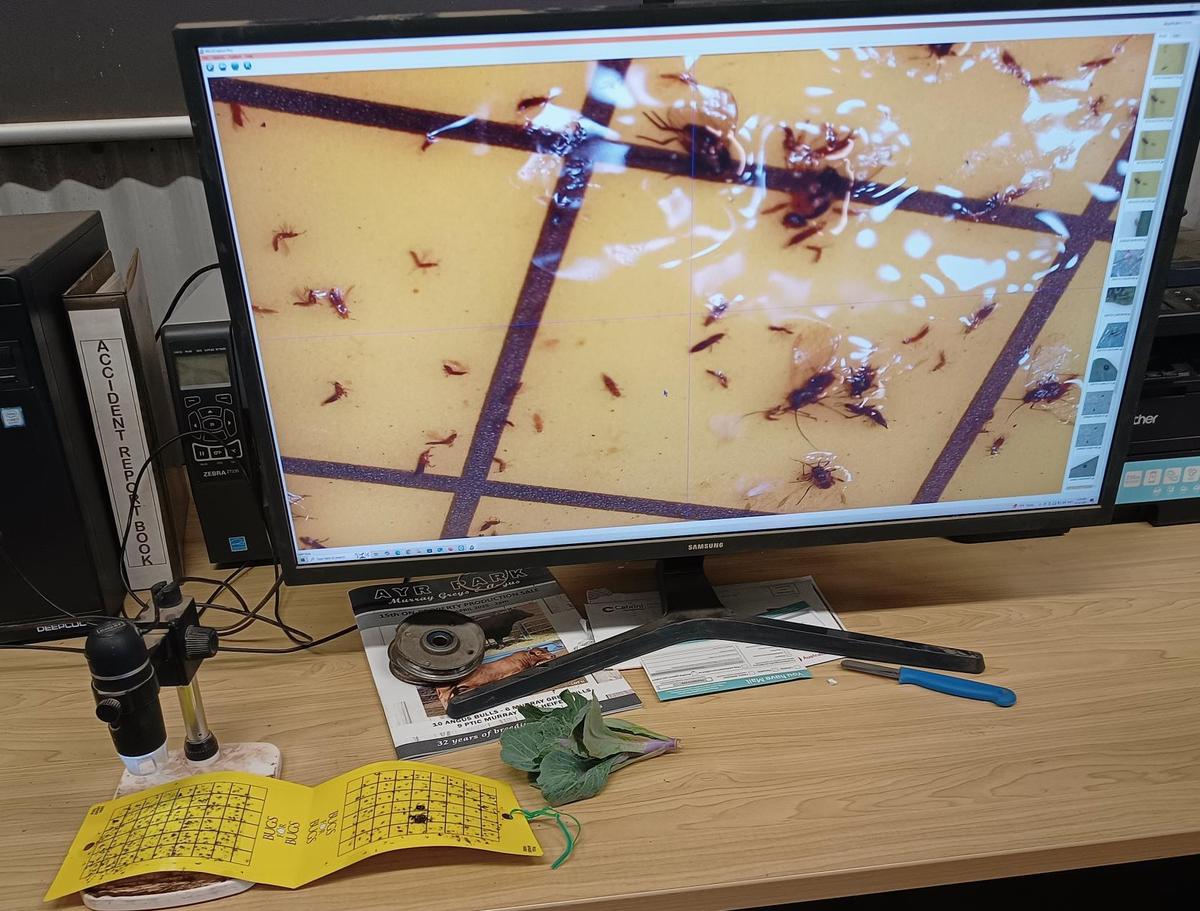Agriculture News

Year 10 Agriculture:
The Year 10 Agriculture classes have been learning the art of wool classing, including identifying wool samples by their length, tip, colour, crimp and other characteristics. They then learnt how to develop AWEX Bale Descriptions and AWEX IDs for various wool samples they identified.
Earlier in the semester the students completed their first CAT on the topic of ‘Raising the wethers for carcase or wool’. This involved a deep dive into both the current wool market and the current Merino lamb market, as well as studying the patterns of these markets over the last 12 months and trying to project them up until late August. Factors such as drought, supply and demand and global geopolitics were also considered. Students then formed an approach to focus on for the management of the wethers up to the competition, with the goal to defend the title GSSC claimed in 2024.
Last week the students visited the Friday sheep and lamb sale at the Shepparton Sale Yards. Connor from Elders explained the order of lotting and order of sale, along with EID ear tags, NVDs and animal health. The students inspected various pens of sheep and lambs and then tried to predict the sale prices of the pens as the sale moved around.
The Patch:
The Patch and Sheep yard had a makeover recently with a combined effort from three classes coming out on a Friday morning to work, after another hour’s work from Mrs. Drinnan’s Year 10 Agriculture class the day before. Mrs. Drinnan’s class moved a large pile of topsoil into 4 new raised beds, placing the soil on a bed of cardboard and sticks that they had collected.
The next day, Mrs Makar’s Year 10 Agriculture class, Mrs. Drinnan’s Year 9 Sense of Humus class, and Ms. O’Bree’s Year 12 VPC Work Related Skills class worked together to clean out the old decomposed and dusty wood chips from the sheep pen and add them to the garden beds before replacing it with new wood chips. It was hard work and the effort and persistence of the students was commendable.
The sheep yard job was made a lot easier and safer due to our new sheep yard that was recently donated by Red River Rural. We took delivery of the new set-up the previous week and this meant the sheep could be safely contained whilst their ‘flooring’ was re-laid. The generosity of Ron at Red River Rural is hugely appreciated!
The Year 9 students harvested silver beet, spinach, basil, thyme, beetroot and carrots before weeding the existing 8 garden beds and planted some garlic into one of them.
New chicks!
The Agriculture program has just taken delivery of 11 x 2-week old ISA Brown female chicks. They are currently indoors in the purpose-built brooder box that Barb and the Hands On Learning students built the day before. The chicks will remain under heat in the brooder box until they reach 6 weeks of age when they will go into the Hen Hotel in the Patch. A huge ‘thank you’ to Barb and her students for making the brooder box at short notice once we knew we had secured the chicks and were ready to go. Another huge ‘thank you’ to the lab techs, especially Jisha, and to the Science Domain leader, Sarah Beattie, for assisting with the twice-daily care and monitoring of the chicks ‘in between’ classes.
Year 11 VCE Ag Hort:
The Year 11 VCE Ag Hort classes have been busy with various practical activities and an excursion to Alcheringa Biodynamic Dairy Farm as part of their studies of Unit 1 Area of Study 2.
Earlier in the semester, students completed a range of soil tests in the lab on soils from various regions of northern Victoria and from farms that are under a range of management practices. The students performed 11 tests on each sample and combined their results to assess the health of the soils. Tests included pH, texture, colour, levels of N, P and K, slaking and dispersion and biological activity.
They followed this up to a visit to Alcheringa where they performed a smaller range of tests on the rich and fertile soil of this biodynamic farm. As expected, the pH was spot on 7, there was evidence of macro-organisms in the soil, and the dark brown, humus-rich topsoil had a depth over 15cm, roots penetrating down into the subsoil and lots of aggregates. Mark, the owner, shared with the students, the story of biodynamics on his farm, how to mix 500 and when and how to spray it onto the soil. Students met some young calves and saw cows in the ‘maternity ward’. The impressive tree breaks and organised system of laneways and paddocks also impressed the students.
Recently, students have learnt about alternative growing methods such as hydroponics and aquaponics. As part of their study, students have set up two separate trials in the lab to test the effectiveness of different types of growing media (vermiculite, clay balls, coconut fibre and wool) for germinating lettuce seeds, and of different types of nutrient solutions on the growth of pak choy seedlings (Hydroponic solution, Thrive fertiliser, Powerfeed, Charlie Carp). The trial will conclude after three weeks. After one week, Thrive and vermiculite and wool are ahead).
Year 12 VCE Ag Hort
The Year 12 students recently visited Avonlea Flowers at Murchison in preparation for their most recent SAC. The focus of the visit was biosecurity, pests and diseases. Students learnt about the strict documentation and processes involved with the importation of seeds and bulbs from overseas in order to keep Australia safe from exotic pests and diseases. They inspected the Quarantine greenhouses and nursery and inspected chrysanthemum flowers for evidence of thrips. In the office, the students observed aphids on a leaf, some of which had been mummified by predatory mites. The students learnt about the role of the on-farm agronomist and the delicate balancing act of monitoring for pests and diseases and using Integrated Pest Management to deal with them if the levels become too high. The most important aspect is ensuring your operation is always profitable.

